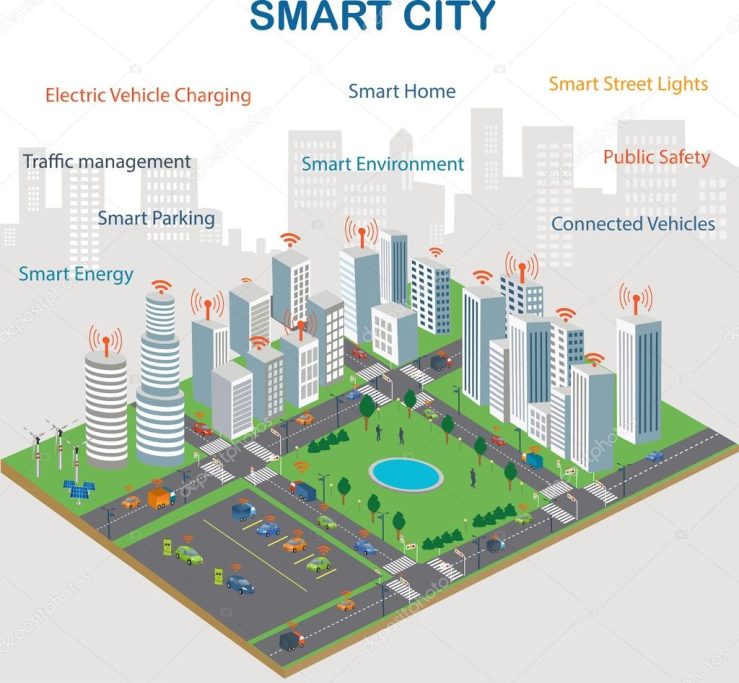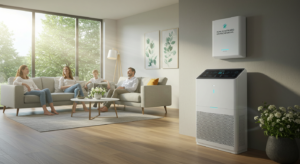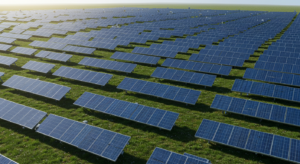As urban centers expand, the demand for energy in buildings continues to rise. With global energy consumption at an all-time high, the building sector is now focusing on sustainable technologies to minimize energy consumption and reduce carbon emissions. The integration of energy-efficient building design, renewable energy sources, and sustainable construction can not only contribute to sustainable urban development but also significantly reduce energy costs. This article delves into the key features and design principles that shape energy-efficient buildings for urban environments.
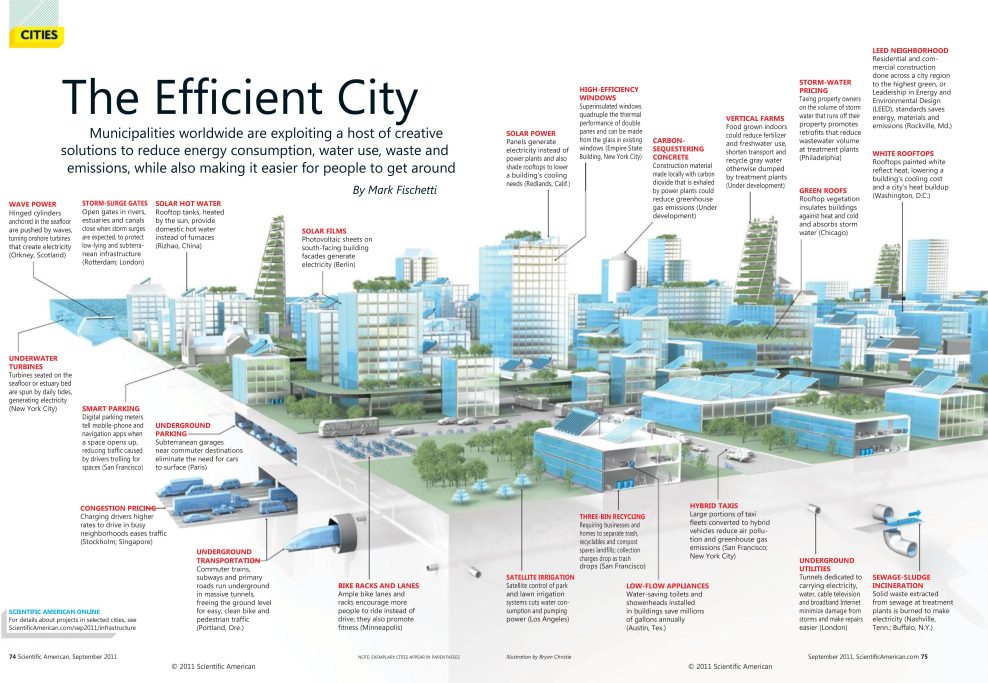
1. Designing with Sustainability in Mind:
- Sustainable Design and Energy Efficiency in Buildings: Sustainable design involves designing structures with reduced reliance on non-renewable energy sources and optimizing energy use. It’s not only about new buildings; existing buildings can also be retrofitted with energy-efficient measures.
- The Role of the Architect in Urban Design: Architects play a crucial role in creating buildings that are both functional and sustainable. Passive design strategies and the use of sustainable building materials are vital in constructing energy-efficient buildings.
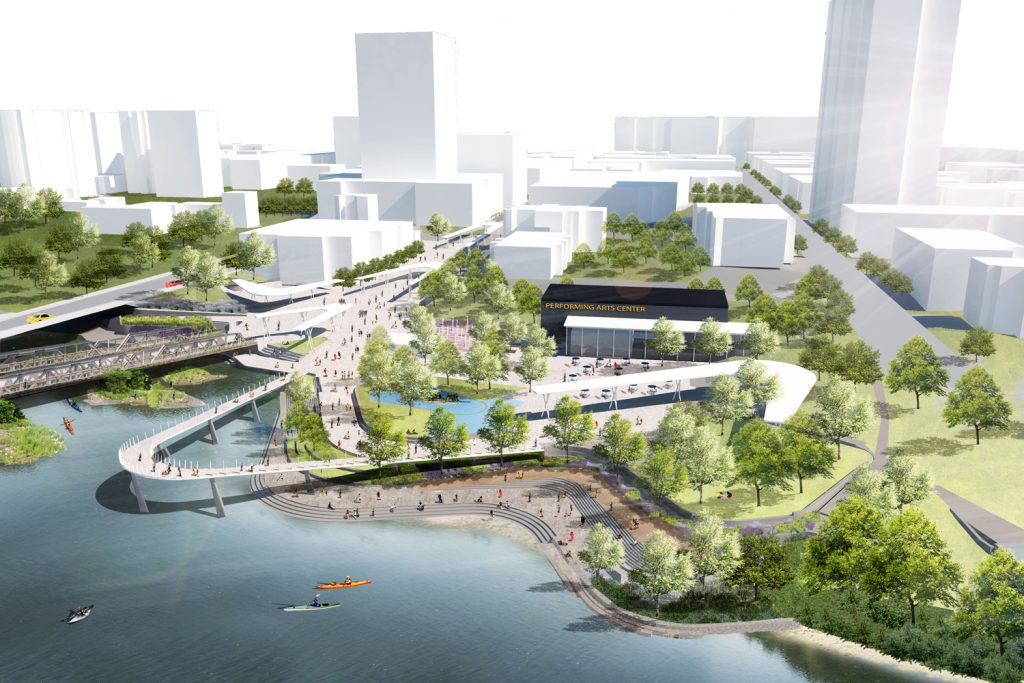
2. Harnessing Renewable Energy:
- Solar Panels and Geothermal Heating and Cooling: Solar panels and geothermal systems offer clean energy alternatives that can reduce energy demand for heating and cooling, contributing to sustainable energy within urban areas.
- Net-Zero Energy Building Concept: The goal of a net-zero energy building is to produce as much energy as it consumes. Through integrated renewable energy systems like solar and wind, a building could essentially offset its energy consumption.
3. Green Building Practices:
- Green Roof and Efficient Irrigation Systems: Green roofs not only cool buildings but also add aesthetic value. Efficient irrigation systems contribute to reducing water consumption, another aspect of sustainable design.
- Leadership in Energy and Environmental Design (LEED): LEED is a globally recognized green building certification that sets best practices for sustainable building design and construction.
4. Impact on Residential and Office Buildings:
- Energy Performance and Consumption of Energy: Both residential and office buildings prioritize energy performance. By employing energy management systems and design strategies, these buildings can reduce energy consumption and even produce more energy through renewable energy generation.
5. Building Materials and Urban Planning:
- Sustainable Materials and Building Envelope: Sustainable materials are key to energy efficiency. The building envelope, which includes walls, roofs, and windows, must be designed to minimize energy consumption.
- Urban Projects and the Quality of Urban Life: Sustainable urban planning focuses on enhancing the quality of life in urban areas. Whether it’s the tallest building in the city or a small residential building, energy-efficient design also enriches the urban landscape.
6. The Future of Energy-Efficient Urban Living:
- Smart Energy and Sustainable Technologies: Smart energy systems and sustainable technologies are paving the way for the future, where buildings not only optimize energy but also generate energy through renewable sources.
- Global Impact on the Environment: Energy-efficient building practices have a worldwide impact on reducing greenhouse gas emissions and reliance on traditional building methods. They represent a significant step towards sustainable development and a greener future.
Conclusion:
The drive towards energy-efficient building is not just a trend; it’s a necessity in our rapidly urbanizing world. By embracing sustainable building practices, renewable energy sources, and efficient urban design, we can create cities that not only thrive but also sustain. With an increasing focus on sustainable design principles and renewable energy integration, the building and construction sector is leading the way in redefining the quality of urban living. The choices made today will resonate for generations to come, reinforcing the importance of energy efficiency in the sustainability of our urban projects.

